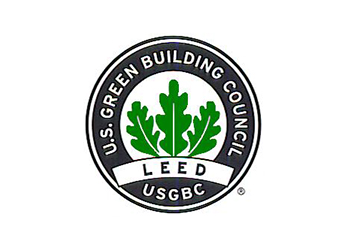Sustainability applied to building construction implies a major change in the approach to design and construction of buildings. Raising awareness regarding environmental and social impact is a reality in modern society and has been expressed in a set of laws and regulations that rule the building construction process.
European Directives and national laws have evolved to a model in which the use of natural resources must be optimized; the production of waste and energy consumption must be reduced; neighbourhoods must address social inclusion and improve the quality of life for citizens.
The law sets the minimum requirements that must be met for everyone and implements the foundations for sustainable cities. However, new and more restrictive standards have been defined to highlight those buildings with a major environmental impact LEED and BREEAM certification schemes are two of the most extended tools worldwide: they define the actions and commitments to reduce the environmental impact of the building over its lifespan..
The advantages related to these certifications do not only affect the environment. Indeed, there is a direct economic benefit linked to the reduction of generated waste and decrease in water and energy consumption that generates benefits over the building´s lifespan.

